
Jean Frédéric Bazille was a French Impressionist painter. Many of Bazille's major works are examples of figure painting in which he placed the subject figure within a landscape painted en plein air.

Revanchism is the political manifestation of the will to reverse territorial losses incurred by a country, often following a war or social movement. As a term, revanchism originated in 1870s France in the aftermath of the Franco-Prussian War among nationalists who wanted to avenge the French defeat and reclaim the lost territories of Alsace-Lorraine.

Alphonse-Marie-Adolphe de Neuville was a French academic painter who studied under Eugène Delacroix. His dramatic and intensely patriotic subjects illustrated episodes from the Franco-Prussian War, the Crimean War, the Zulu War, and portraits of soldiers. Some of his works have been collected by the Hermitage Museum in St. Petersburg and by the Metropolitan Museum in New York.

Ernest Crofts was a British painter of historical and military scenes.
Claude Monet painted several series of nearly 100 impressionist oil paintings of different views of the Thames River in the autumn of 1899 and the early months of 1900 and 1901 during stays in London. One of these series consists of views of the Palace of Westminster, home of the British Parliament, and he began the first of these paintings at about 15.45 on 13 February 1900. All of the series' paintings share the same viewpoint from Monet's window or a terrace at St Thomas' Hospital overlooking the Thames and the approximate canvas size of 81 cm × 92 cm. They are, however, painted during different times of the day and weather conditions.
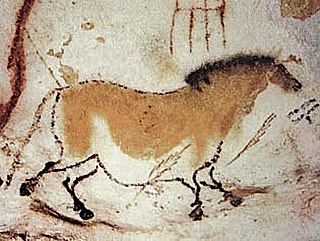
Horses have appeared in works of art throughout history, frequently as depictions of the horse in battle. The horse appears less frequently in modern art, partly because the horse is no longer significant either as a mode of transportation or as an implement of war. Most modern representations are of famous contemporary horses, artwork associated with horse racing, or artwork associated with the historic cowboy or Native American tradition of the American West. In the United Kingdom, depictions of fox hunting and nostalgic rural scenes involving horses continue to be made.

Émile-Antoine Bayard was a French illustrator born in La Ferté-sous-Jouarre, Seine-et-Marne. A student of Léon Cogniet, he is known for his illustration of Cosette from Les Misérables by Victor Hugo. He died in Cairo.

Pierre-Georges Jeanniot (1848–1934) was a Swiss-French Impressionist painter, designer, watercolorist, and engraver who was born in Geneva, Switzerland, and died in France. His work often depicts the modern life in Paris.
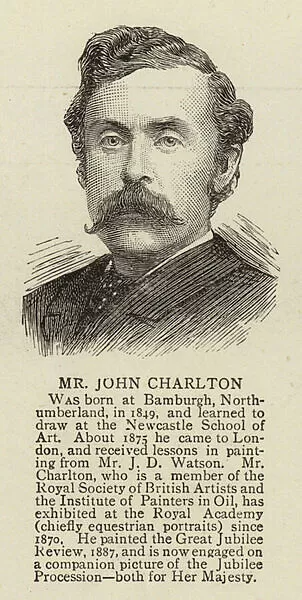
John Charlton (1849–1917) was an English painter and illustrator of historical and especially battle scenes, mainly from contemporary history.

Georg Bleibtreu was a German painter of military and historical scenes.
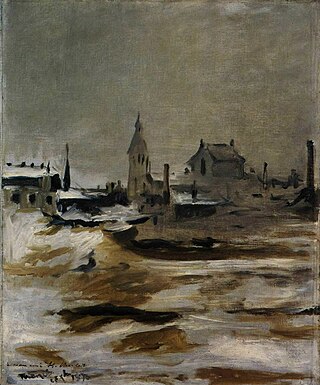
Effect of Snow on Petit-Montrouge is an 1870 landscape painting by the French painter Édouard Manet. The 61.6 cm x 50.4 cm oil on canvas composition depicts the 14th arrondissement's district, Petit-Montrouge, under a wintry landscape.
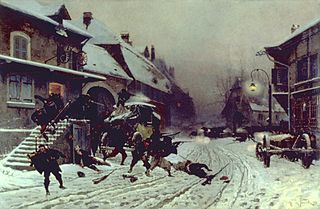
The Attack at Dawn is a painting by French painter Alphonse de Neuville, from 1877. The painting depicts a French town under siege by Prussian troops during the Franco-Prussian War.

Woman with Parakeet is a painting by Pierre-Auguste Renoir created in 1871. It is in the holdings of the Solomon R. Guggenheim Museum in New York as part of the Thannhauser Collection. The painting portrays model Lise Tréhot, who posed for Renoir in over twenty paintings during the years 1866 to 1872.

The Last Cartridges is an oil on canvas painting by the French artist Alphonse de Neuville, from 1873.

The Defense of Champigny is a late-19th-century painting by Édouard Detaille. The painting, done in oil on canvas, depicts the Battle of Villiers during the Franco-Prussian War. The painting is in the collection of the Metropolitan Museum of Art.

Cypresses is a late 19th-century painting by Dutch artist Vincent van Gogh painted around June 1889. Done in oil on canvas, the painting depicts a pair of cypress trees in the French countryside. The work is currently on display in the Metropolitan Museum of Art.
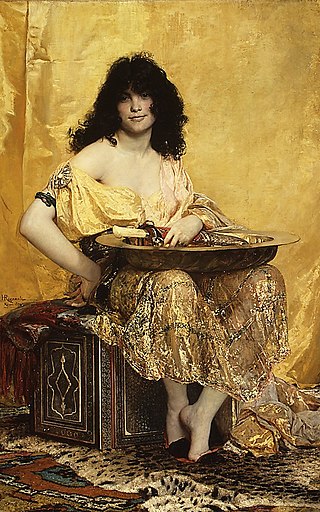
Salomé is a 19th-century painting by French artist Henri Regnault. Done in oil on canvas, the work depicts the biblical character Salome. The work debuted in the Paris salon of 1870, several months before Regnault was killed in the Franco-Prussian War. The work has been in the collection of the Metropolitan Museum of Art since 1916.

The Rue Mosnier with Flags is an 1878 oil on canvas painting by Édouard Manet, showing the eponymous Parisian street, decorated with French flags for the first national holiday on 30 June 1878, the Fête de la Paix. The Fête de la Paix was held during that year's Exposition Universelle, which together marked France's recovery after the Franco-Prussian War and the Paris Commune. The holiday was moved to 14 July in 1880 to become Bastille Day. The painting is held by the J. Paul Getty Museum in Los Angeles.

Alphonse Charles Chigot was a French historical painter and soldier, particularly associated with the city of Valenciennes where he had a studio for over sixty years. A former soldier in the French army he saw action in the first Franco-Moroccan War of 1844 and served until 1849. In 1853 he entered the Academies de Valenciennes to study art for three years. Chigot favoured military themed subjects and his works include large canvases such as le Duel and Le Salut a la Vierge, numerous portraits of soldiers and drawings and sketches of the Valenciennoise. He favoured epic subjects which he approached in an academic style, influenced by Neoclassicism and Romanticism. As a long-standing teacher of painting his pupils included his son Eugène Chigot, Charles Paris and Henri Le Sidaner, who painted him in 1881. Chigot first exhibited in provincial exhibitions and from 1877 until 1914 at the Salon of the Société des Artistes Français to which he was admitted in 1884.

The Bourbaki Panorama is a circular panoramic painting depicting the internment of the French Armée de l'Est in neutral Switzerland at the end of the 1870–71 Franco-Prussian War. The army, led by General Charles-Denis Bourbaki, had been defeated in the field while attempting to raise the Siege of Belfort and fled to Switzerland in the aftermath. The Swiss admitted the French soldiers, and local villagers and the Swiss Red Cross provided aid.



















